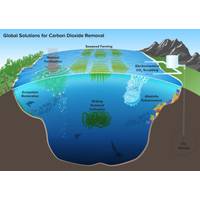
Carbon Dioxide Removal (CDR) ... To Clear the Air, Look Beneath the Waves
in the past decade on autonomous platforms and sensors to study the ocean. These technological advances are essential to assessing the state of the current ocean carbon cycle and to see what impacts there might be if we deliberately tried to enhance carbon storage.”A tidewater glacier in Prince William Sound. ClimateWorks recently awarded a grant to the University of Washington School of Oceanography, United States Geological Survey Alaska Science Center and the Prince William Sound Science Center to measure the rate of alkalinity addition from mineral weathering and the link between alkalinity addition
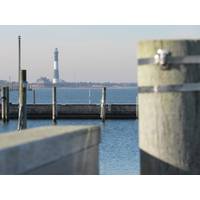
The Benefits of Sustainable Marine Lumber
gained momentum. It began with the 1967 Torey Canyon oil spill off the United Kingdom’s southwest coast and the 1969 Union oil spill into the Santa Barbara Channel (California). It culminated in the 1989 Exxon Valdez incident, which spilled 10.8 million U.S. gallons of crude oil in Prince William Sound, Alaska, impacting 1,300 miles of Alaskan shoreline and killed much of its native wildlife. The Valdez spill prompted the passage of the Oil Pollution Act of 1990, which increased penalties for companies responsible for oils and required oil tankers operating in United States waters to have a
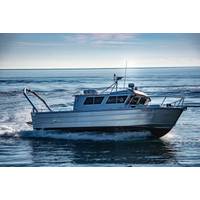
Armstrong Marine Delivers R/V to University of AK
28 – 32 knot cruise speed, hydraulic A-frame, overnight accommodations for five, full-service galley, head, Northern Lights 5kW diesel generator, and a Garmin/NMEA electronics package supplemented with a Furuno SC70 satellite compass.After Nanuq’s maiden 11-day voyage in and around Prince William Sound, Captain Brian Mullaly commented, “the boat performed beyond the scientists’ expectations. Our work had us out in the Gulf of Alaska, but when weather shifted, we were able to travel with ease and quickness to the Sound. The boat handled well in rough conditions.”Nanuq is powered

Acoustic Devices Aid Researchers and Marine Scientists
primary advantage of these pingers is their low frequency acoustic signal can be detected at a distance of 5-10 kilometers. This is a very important feature when deploying mobile equipment in open ocean where the ultimate location may be unknown, and retrieval is essential. The Prince William Sound Science Center is an independent, non-profit research and education organization based in Cordova, Alaska, an area that has been called "Home of the world's richest waters". Changes in the ocean environment, such as fluctuations in water temperature, salinity, turbidity, and biochemical
WHOI: Fukushima Radioactivity Detected Off West Coast
Ocean Radionuclide Monitoring (InFORM) Network, International Medcom, KUSP Santa Cruz, Lush Cosmetics, Norton Sound Economic Development Corporation, Nuxalk Nation, Onset Computer, Pacific Blue Foundation, Peaceroots Alliance, PFx, a Picture Farm Company, Point Blue Conservation Science, Prince William Sound Science Center, Resurrection Bay Conservation Alliance, San Luis Obispo Mothers for Peace, Santa Barbara Channel Keeper, Say Yes! to Life Swims LLC, Scripps Institution of Oceanography, Southwest Alaska Inventory and Monitoring Program National Park Service, St. Mary's School, The Guacamole Fund
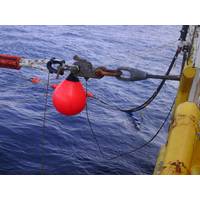
McMillan, Sea Catch Celebrate 20 Years
jaws to receive and release fiber line or wire rope rather than a shackle. Retrieving hooks and off-load hooks have been added to the general product line in recent years. Sea Catch began as a primitive set net release in Cook Inlet, Alaska and then as a skiff release for purse seiners in Prince William Sound. From there it found multiple release applications in various areas including sea technology, offshore hydrocarbon production/transfer, general maritime operations, drop testing, defense/military, navy/coast guard, movie special effects, and even aerospace. There are now more than 54 dealers
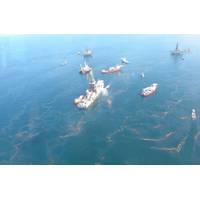
Deepwater Horizon Spill Causes Fish Abnormalities
. The new study shows that crude oil exposures adversely affect heart development in the two species of tuna and an amberjack species by slowing the heartbeat or causing an uncoordinated rhythm, which can ultimately lead to heart failure. “We know from the 1989 Exxon Valdez spill in Prince William Sound that recently spawned fish are especially vulnerable to crude oil toxicity,” said Nat Scholz, Ph.D., leader of the ecotoxicology program at NOAA's Northwest Fisheries Science Center in Seattle. “That spill taught us to pay close attention to the formation and function of the heart
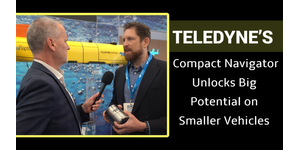

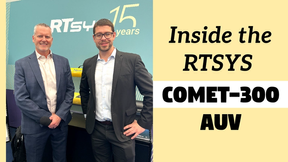
 February 2025
February 2025





